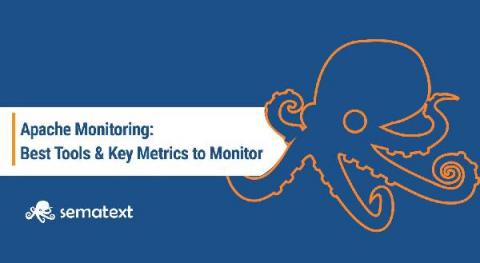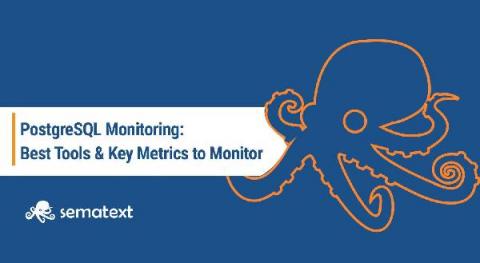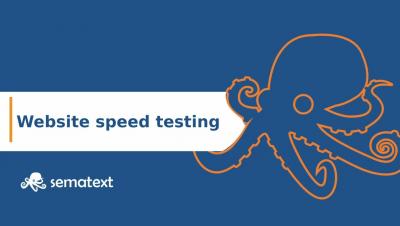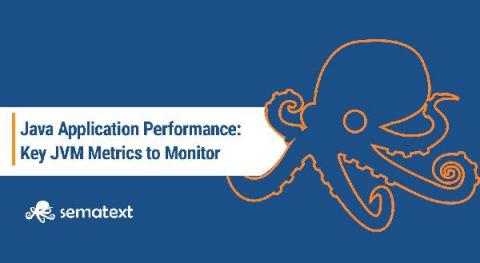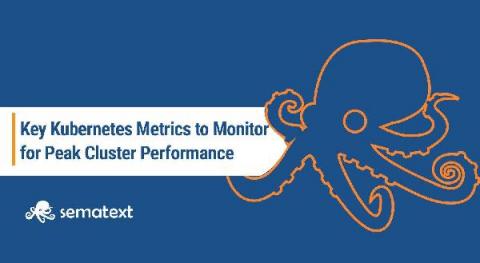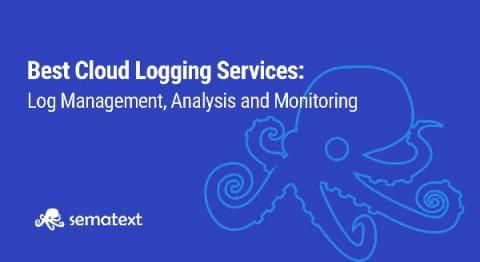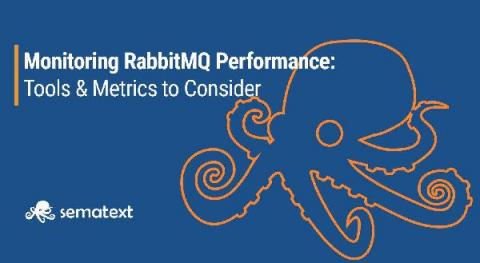What Is Network Latency: Complete Guide on How to Check, Measure and Reduce It to Improve Performance
So you finally launched your service worldwide, great! The next thing you’ll see is thousands and thousands of people flooding into your amazing website from all corners of the world expecting to have the same experience regardless of their location. Here is where things get tricky. Having an infrastructure that will support the expansion of your service across the globe without sacrificing user experience is going to be real though as distance will introduce latency.



